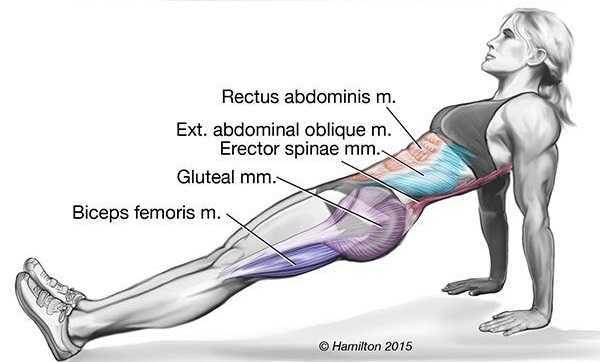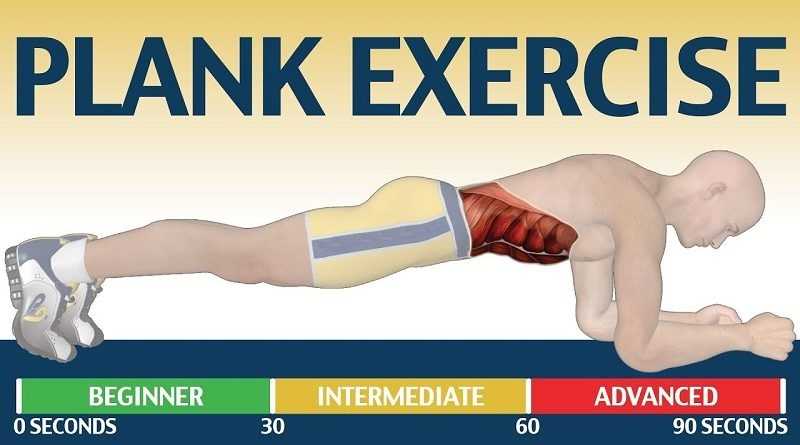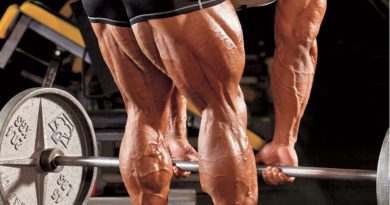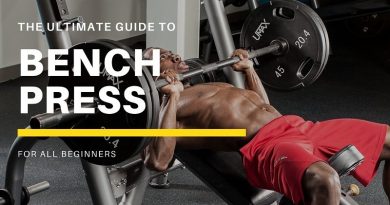Plank
Plank exercise is one of the best exercises for strengthening your abdomen or core muscles, sculpt your waistline and improve your posture. Actually, a plank is an isometric exercise, in which the joint angle and muscle length do not change during contraction, in simple words, it is a static position exercise. How to do plank, which is an isormetric movement between core strength exercises? What muscles does plank work? What are the benefits of plank? You will find the most detailed information about the plank exercise in this article.
The plank is very simple exercise to perform. All you need is your body weight and enough space to get down on all your fours at full stretch.
Plank is not just the abs exercise but it also affects the shoulder and back muscles. In this article, we are going to know about some benefits of planks, but before that let us know how to perform plank exercise.
| Name | Plank |
| Exercise Type | Strength |
| Skill Level | Beginner |
| Equipment Needed | No equipman |
| Muscles Worked | Primary: Erector spinae |
| Mechanics | Isolation |
| Force | Push, isometric |
| Alternative Forms/Substitute | Side Plank, Reverse Plank |
Plank

How to do Plank
- Place the forearms on the ground with the elbows aligned below the shoulders.
- Arms parallel to the body at a shoulder-width distance.
- Hold this position for as long as possible.
Just with these simple steps, anyone can perform planks. As said before, it is an easy exercise besides that holding part! When you hold your body, you’ll start feeling stress in your abdomen area, shoulder and back. The more you hold the position the more your muscles strengthen.
The plank not only strengthens your muscles but it also has many other benefits.
What Muscles Does Plank Work?
Primary muscles
- Erector spinae
- Rectus abdominis (abs) and transverse abdominis.
Secondary muscles (synergists/segmental stabilizers)
- Trapezius (traps)
- rhomboids, rotator cuff
- the anterior, medial, and posterior deltoid muscles (delts),
- pectorals (pecs)
- serratus anterior
- gluteus maximus (glutes),
- quadriceps (quads)
- gastrocnemius.
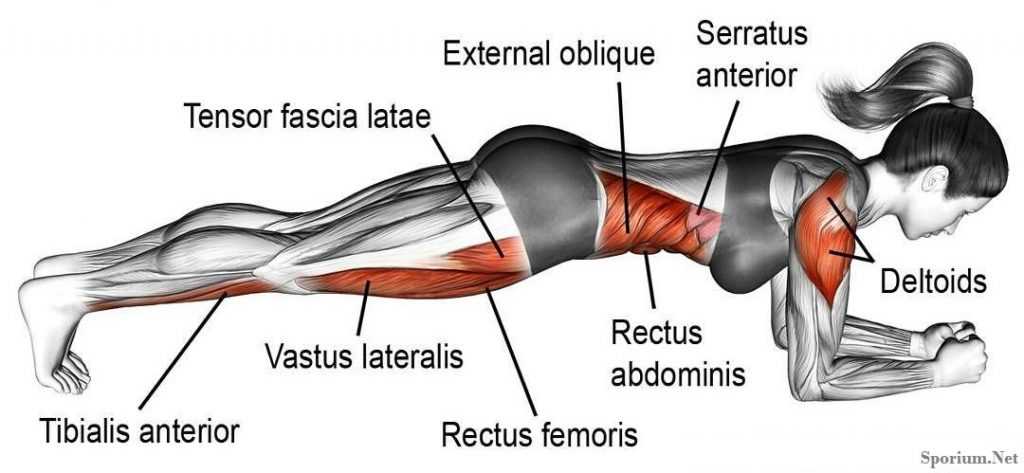
Benefits of Planks
Plank increases flexibility. The muscles around your shoulders, collarbone and shoulder blades, your hamstrings and even the arches of your feet and toes get stronger. Especially the correct planks increase the flexibility and balance of the body.
Strengthening core muscles
Doing planks will help you in strengthening your core muscles which include rectus abdominis, transverse abdominis, oblique abdominal and glutes. With more powerful abdominal muscles you will functionally perform better while performing other activities.
Improves posture
The core muscles play a vital role when we stand, walk or run. By doing plank exercise the body posture becomes better as it increases the strength of the core. Plank also helps in standing for a longer period of time with less back pain.
Increases metabolism rate
Performing planks for a few minutes a day can boost up your metabolism rate to a great level. The increased level of metabolism will make you feel active throughout the day. The higher level of metabolism also helps in losing weight.
Helps in losing weight
If you want to lose weight then start including the plank in your exercise routine, as it helps in losing weight. Planks directly hit the core muscles of the body, which helps in shredding fat from your belly area. People suffering from belly fat are highly suggested to do plank exercise. Plank also increases the metabolic rate which in turn helps in losing weight.
Improves mental health
Almost every exercise you perform, it not only improves your physical health but also your mental health. Doing exercise will make you confident, motivated, increases your self-esteem and makes you stress-free. In the case of planks, the strengthening and stretching help in releasing muscles which have become stiff. The release of tension relaxes and helps de-stress.
From all the above points, you may have got to know about the benefits of planks and how incredibly it can benefit our health, physical health, and mental health. Start including this amazing plank exercise in your workout routine and see the difference.
Plank Variations
Side Plank
Muscles involved in the side plank include:
Primary:
- transversus abdominis muscle
- gluteus medius and gluteus minimus muscles (abductors)
- the adductor muscles of the hip, and the external, and internal obliques.
Secondary: gluteus maximus (glutes), quadriceps (quads), and hamstrings.
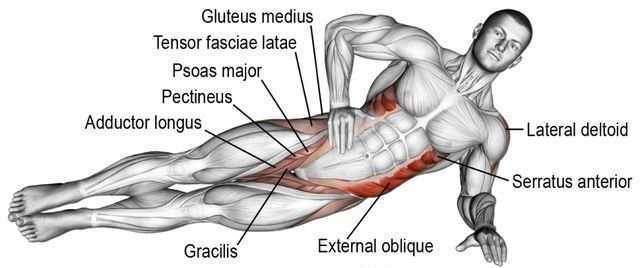
Reverse Plank
If you have back and lower back troubles, a properly performed reverse plank could ease the pain by strengthening the core muscles. However, if you’re not doing it right and feel neck or back pain during the exercise, start with an easier variation first, like a regular plank.
